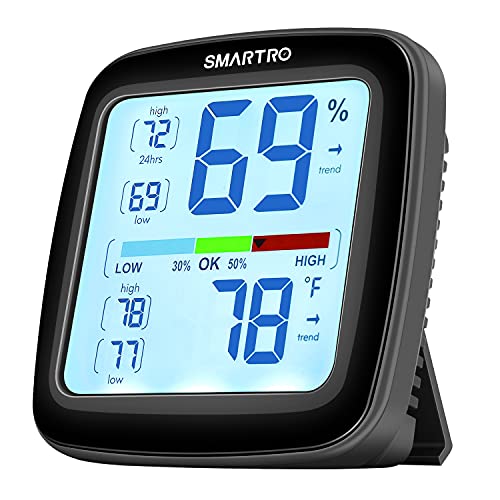A Dyson humidifier may encounter a problem wherein the water in its container isn’t going down. What could be the cause of this issue? Also, what can you do when it happens? We researched for you to give you the following answers to these questions.
Water not going down a Dyson humidifier's container generally means that the appliance isn't converting the moisture into a mist. Improper settings might be the cause of this issue, and here's how to potentially fix it:
- Set the machine’s humidity control to 70%.
- Adjust the fan speed to its lowest setting.
Take note that adjusting the humidifier isn't a guarantee that a Dyson humidifier will restore its optimal serviceability. Keep reading as we talk about the steps to fix a Dyson humidifier water tank not going down in greater detail.
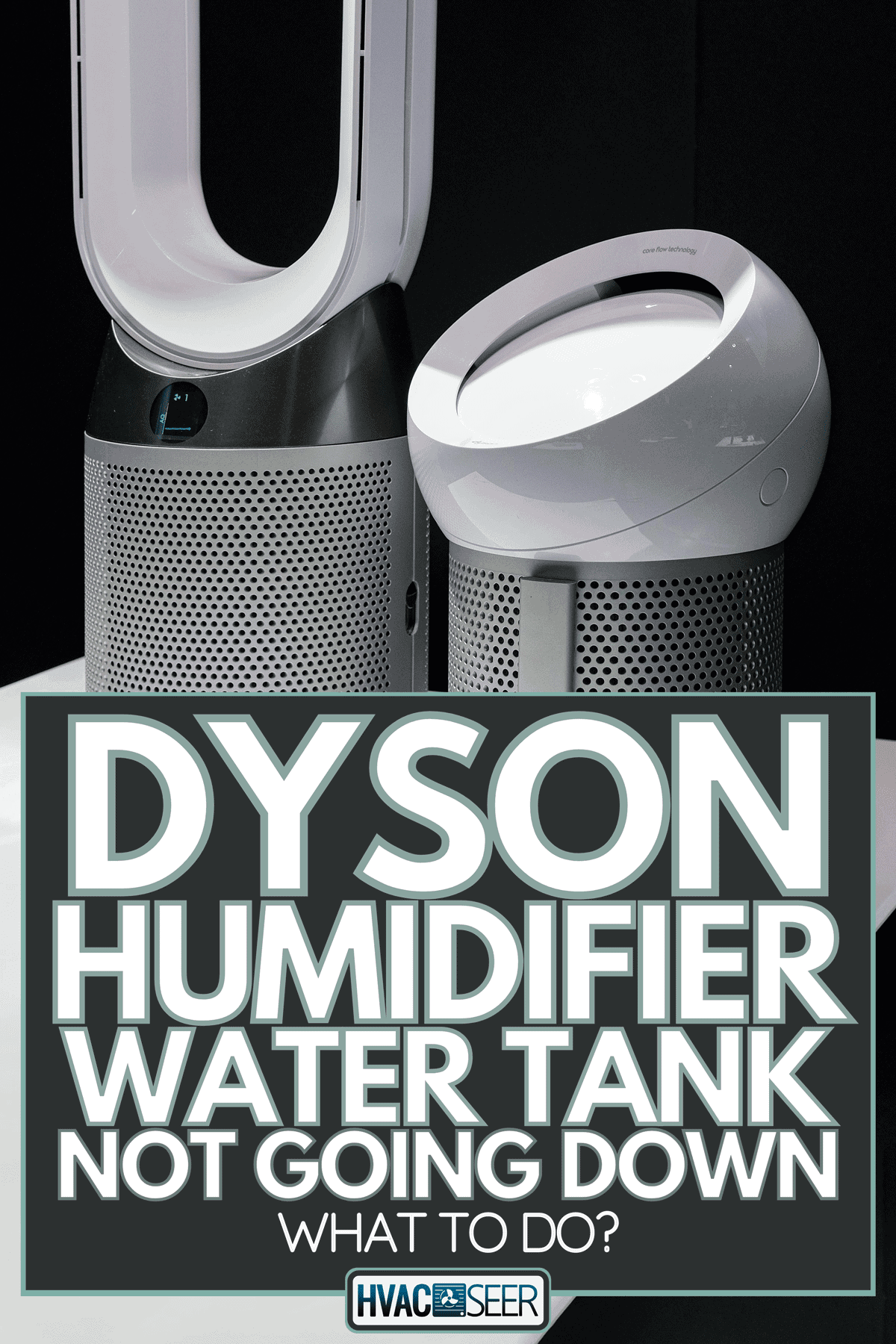
Why Is There No Mist From My Dyson Humidifier?
Incorrect humidifying settings might be the primary cause for a Dyson humidifier to be devoid of mist. Without the correct settings, the humidifying machine won’t use the stored water in its container.
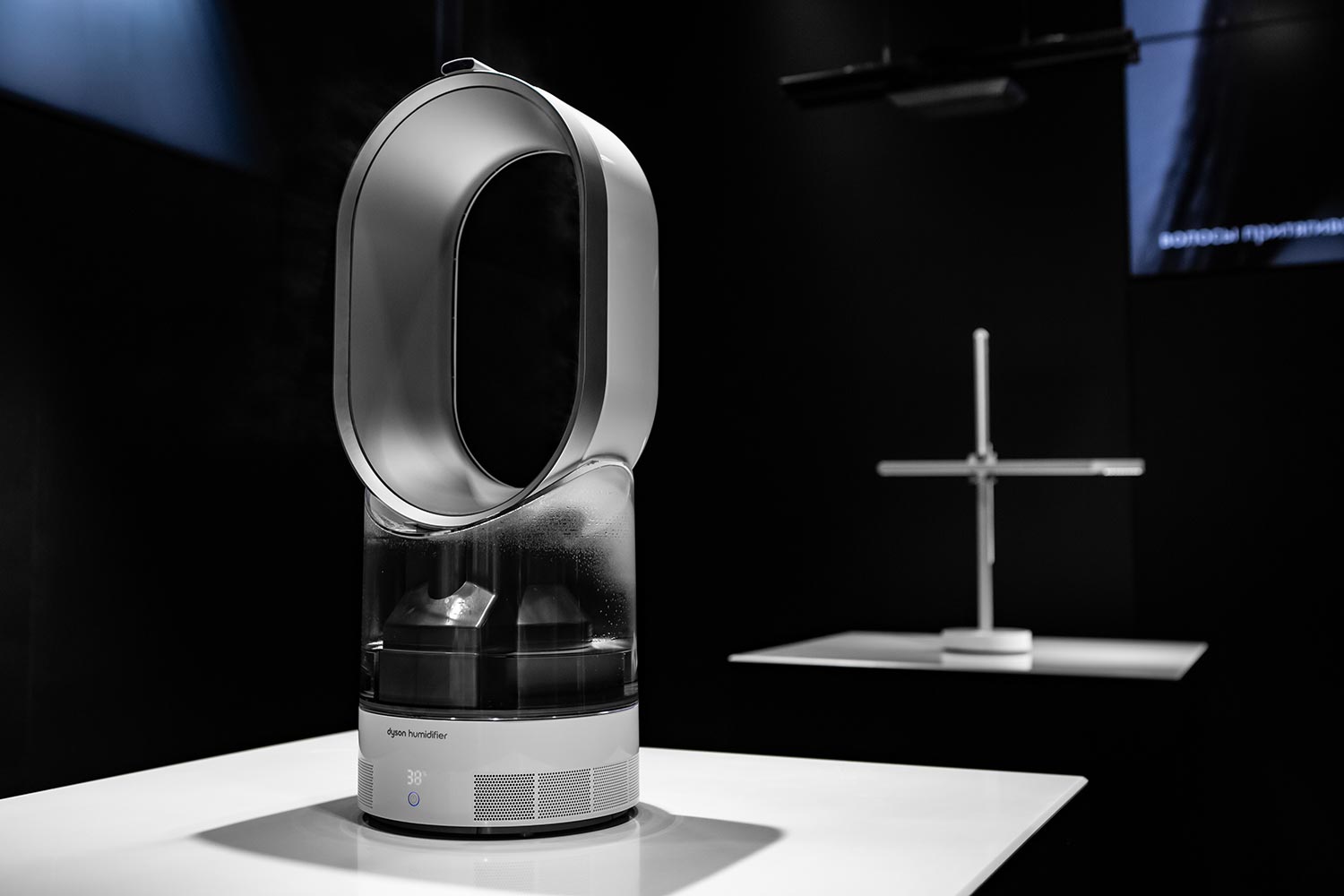
Users should set the appliance to the lowest possible setting to see the generated vapor. Putting a dark background behind the humidifier may help users see the mist, if any.
How To Fix Dyson Humidifier Not Humidifying
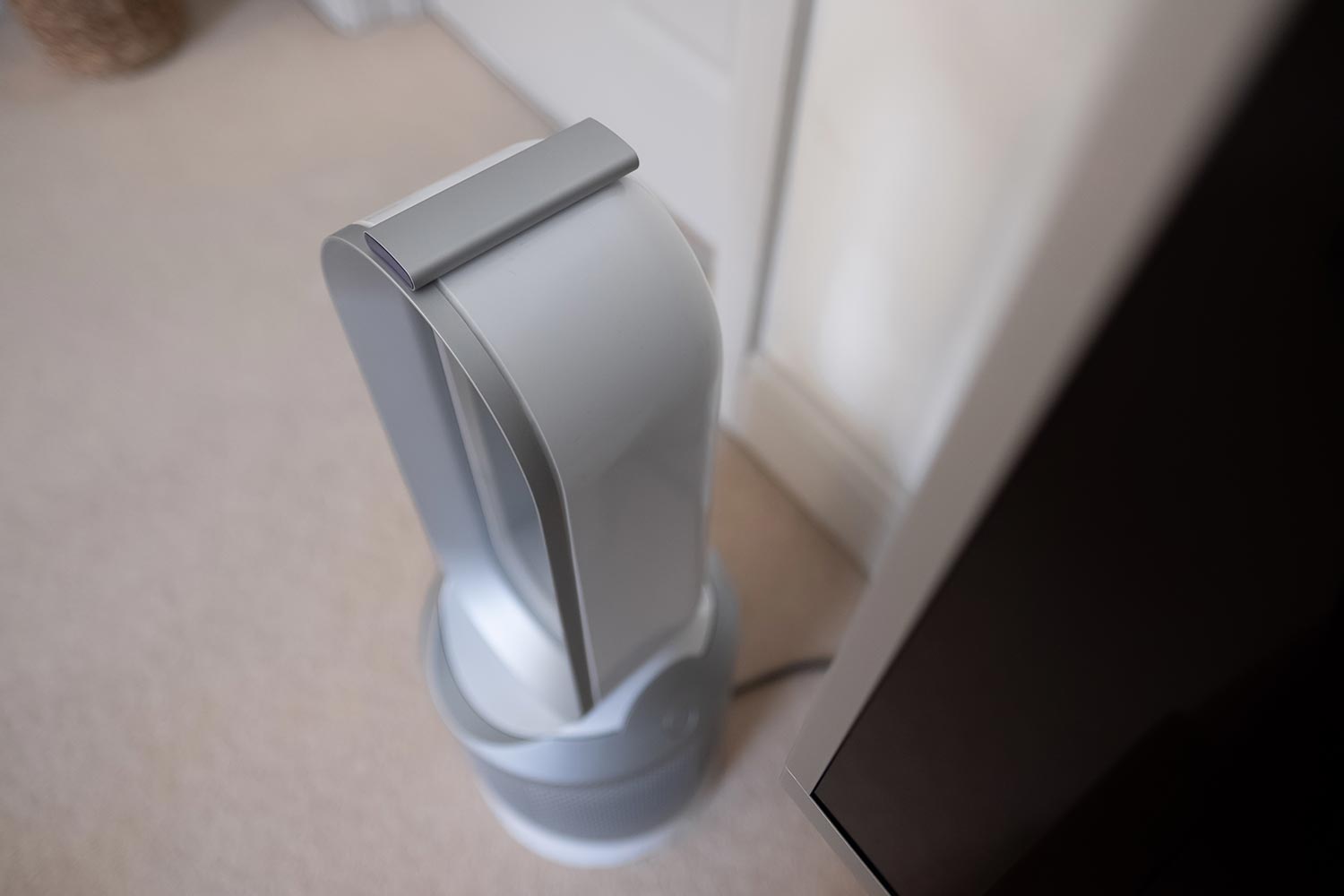
Generally, it only takes two steps to start seeing mist from a Dyson humidifier. The actions for this short troubleshooting project are:
- Turn the appliance to ‘Humidifier Mode’ and adjust its humidity control to at least 70%.
- Fine-tune the airflow to a desirable setting or until you see mist coming out of the device.
Make sure that the humidifier’s fan doesn’t have a blockage. Clear any obstructions from the appliance to see the mist properly.
Additionally, some Dyson humidifiers have an automatic mode. If this feature is on, the machine might detect that your room already has suitable humidity levels. Trying to force another setting manually while the device is in this mode may shut off its system.
What Do The Error Codes Mean On Dyson Humidifier?
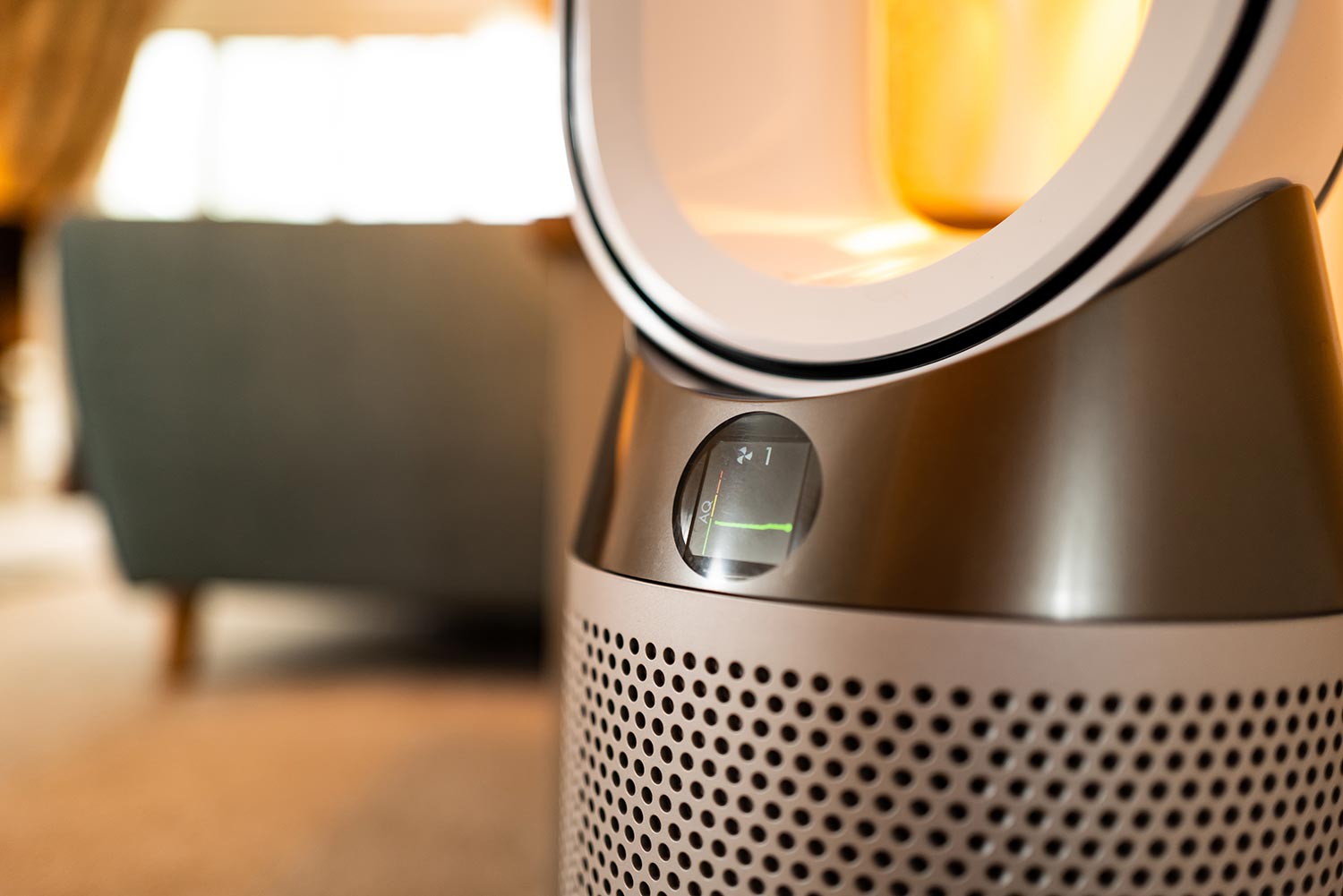
Aside from having incorrect settings, a Dyson humidifier may not mist or consume the water in its tank if it encounters errors. The appliance often displays the type of error on its built-in screen. These errors are:
- F1: Piezo atomizer malfunction
- F2: UV-C emitter problem
- F3: System encountered extreme cold
- F4: Internal motor issue
- F5: Incorrect power delivery
Sometimes it only takes a quick cleaning session to resolve an issue with a Dyson humidifier. Other cases may require power cycling the appliance for about 30 seconds.
However, serious concerns, such as when the F4 error appears, may need a fan motor replacement. If so, consult the appliance maker to check if the humidifier motor you want to purchase is compatible with your specific model.
Check out this OEM replacement humidifier motor on Amazon.
How Do I Reset My Dyson Humidifier?
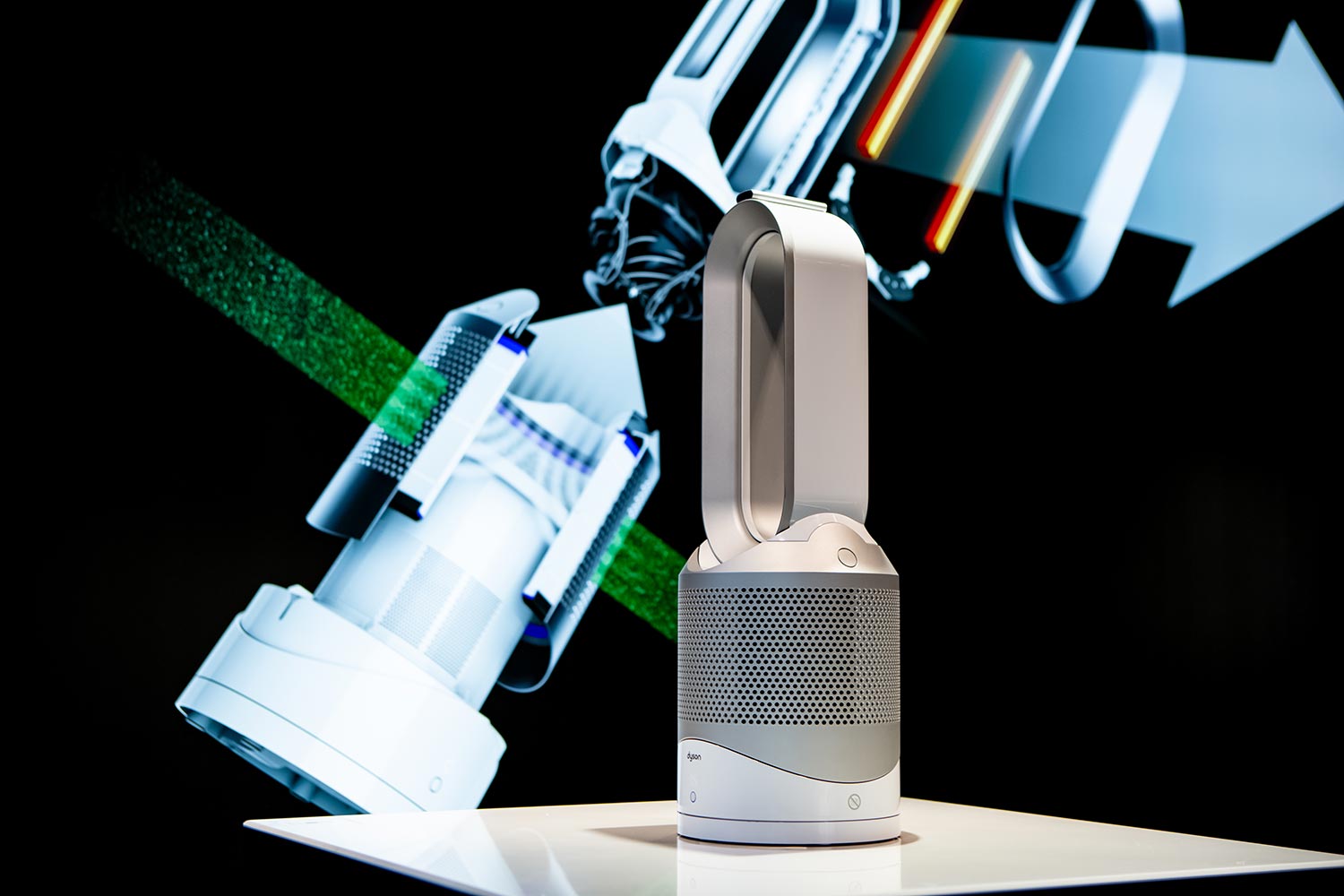
Before proceeding, consult with your Dyson humidifier’s owner’s guide to verify the precise steps to reset the machine. Some units may require unique actions to revert the appliance to its factory default settings.
For instance, here are the steps to factory reset a Dyson Pure Humidify + Cool model:
- Press and hold both the Power and Power Key buttons on the remote for 10 seconds. The machine’s built-in display should start counting down from 10.
- Wait for a few minutes to give the machine time to reboot.
How To Clean A Dyson Humidifier
Ensure optimal efficiency for the features in a Dyson humidifier by cleaning it at least once a week. Additionally, check the product’s instruction manual to see if you can take away some of the appliance’s parts for an easier cleaning operation than intended.
Also, make sure that the appliance doesn’t have power. Disconnect it from its main power source to avoid mishaps like electrocution or static.
After making those preparations, here’s how to clean your Dyson humidifier:
What You’ll Need
- Citric acid-based cleaner
- UV light
- Clean cloth
Check out this citric acid cleaner on Amazon.
Step-by-Step Guide
- Press and hold the button at the top, then apply sufficient pulling force to the fan to remove it.
- Pull out the water canister and set it aside.
- Remove the gasket on top of the water reservoir and set it aside as well.
- Throw away standing water that might remain in the device’s water reservoirs.
- Dip the clean cloth in the citric acid cleaner and wipe all the reachable parts.
- Leave the parts under UV light for a few minutes to help eliminate harmful bacteria from the machine harboring excess moisture. Placing it under the sun is another option, albeit it may demand a longer exposure period.
- Reassemble the parts and restore power to the humidifier.
You can also watch the video below to gain additional insight on routine cleaning of a Dyson humidifier:
Can I Use Vinegar To Clean My Dyson Humidifier?
Vinegar can be useful in cleaning a Dyson humidifier, particularly in getting rid of mold. Here’s how you can use this fairly common household condiment as a cleaner and disinfectant for the humidifying machine:
- Pour about two cups of this substance into the appliance’s different containers.
- Swish the vinegar around to help soak the humidifier’s parts.
- Leave the vinegar sit for about 15 minutes before removing it.
- Dispose of the vinegar after that period and let the humidifier’s parts air dry.
Make sure to avoid the screen on your Dyson humidifier if you use vinegar for cleaning and disinfection. This substance typically has a fairly strong potency, which can damage the display.
Check out this white vinegar on Amazon.
You may also put a few drops of your favorite perfume in a humidifier to help make the mist emanate a pleasing smell. However, don’t put more of the liquid than necessary, or it can potentially harm the machine.
Read more about putting perfume in a humidifier by reading our post on that subject matter.
How Long Does Dyson Humidifier Last?
The water in Dyson humidifiers generally has dissimilar periods before these machines run out of water in their containers. For instance, a Dyson Pure Humidify + Cool has a 1-gallon tank that can last about 36 hours before it demands a refill.
Users can lengthen the refilling period if they only use the humidifier infrequently.
What Is A Good Humidity Level For Your Home?
It’s a good idea to use a humidifier with a hygrometer to know the appropriate time to use the humidifying machine properly. Adjust your humidifier to the correct settings if the outside temperature is:
- Over 50 degrees Fahrenheit: Indoor humidity should be less than 50%.
- Over 20 degrees Fahrenheit: Indoor humidity should be less than 40%.
- Between 10 and 20 degrees Fahrenheit: Indoor humidity should be less than 30%.
- Between -10 and 0 degrees Fahrenheit: Indoor humidity should be less than 25%.
- Between -20 and -10 degrees Fahrenheit: Indoor humidity should be less than 20%.
- Less than -20 degrees Fahrenheit: Indoor humidity should be less than 15%.
Check out this digital hygrometer on Amazon.
What Happens If Humidity Is Too High In House?
High humidity can cause problems for the well-being of household members and guests. It can also potentially damage appliances and furniture.
Some examples of issues caused by high humidity levels are as follows:
- Risk of heat stroke
- Trigger allergic reactions
- Mold growth
- Dust mite infestation
- Asthma attacks
Can Low Humidity Cause Health Problems?
Low indoor humidity can become the precursor to different health issues, including the following:
Low Immunity
Cilia, which are hair-like substances in cells, usually don’t function well in arid conditions. Take note that these structures help prevent entry to viral particles. If these fixtures fail, some viruses may have easy access to invade the body.
Dry Eyes
Dry air can cause a lack of moisture in the eyes, causing more frequent blinking than normal. This excessive action might result in a deterioration of focus, leading to poor reading performance. It can also increase the risks of eye infections and reduce the quality of life.
Dry Skin
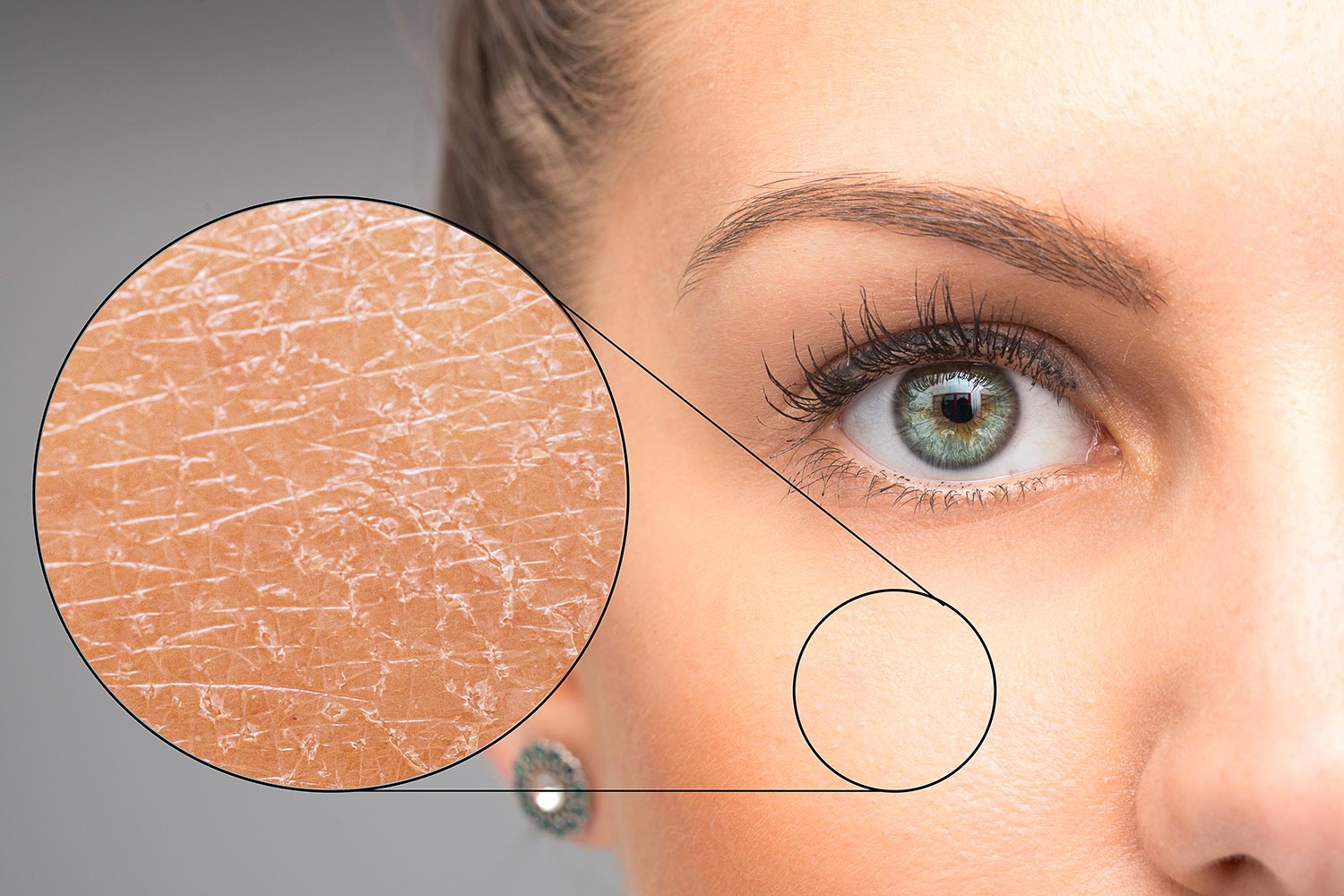
A dry environment can make the skin look and feel scaly and itchy. The lack of appropriate humidity in a space can then become the forerunner to skin problems like cracks and wrinkles.
These skin imperfections may also create pathways for infections to enter the body.
Learn when to turn on a humidifier in the house in winter by reading our post on that topic.
Final Words
A Dyson humidifier with invalid settings might make it fail to produce mist. Setting the appliance to its lowest possible settings may help restore its proper functionality.
Also, putting a dark background behind the humidifier’s fan may help users see the mist if it’s unclear.




